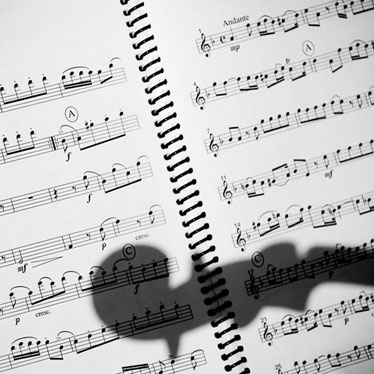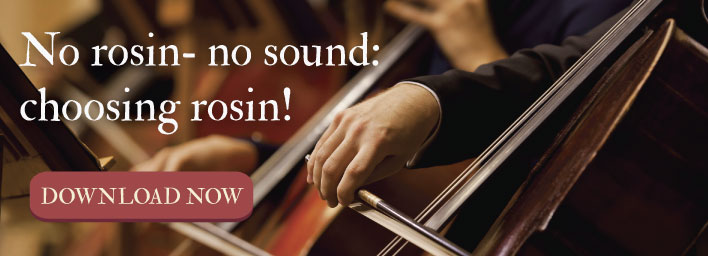How To Sight Read Like A Pro

Student musicians who want to pursue a professional career must possess certain skills, and sight-reading ranks high among them. It’s an essential skill to have for auditions and improving your performance technique. Some students mistakenly feel like sight reading is one of those skills that you either have or don’t have. However, learning to sight read music like a pro is just like every other music skill, you have to practice to learn. These tips can get you started.
Use Deliberate Practice Techniques
To effectively learn sight reading, you must think about what you’re doing. Clear concentration is essential. Gather your materials and make sure there aren’t any distractions around. Grab various types of sheet music that you can make notes on (elementary level pieces offer a good starting point) and get going. You can also use sight reading software or apps that offer a variety of new music. The key is to learn the technique gradually.
Get Ready to Memorize
Memorization plays an important role in learning to play any musical instrument, and sight-reading is no different. You can enhance your performance ability by knowing how to sight read, but it requires having a few things memorized in order to recognize them at a glance, including:
- Key Signatures—You must be able to spot the major key immediately. (Sharp major tip) Look at the last sharp then move a half-step above it. (Flat major tip) Read the second to last flat. The only exception to this rule is F Major/D Minor which is B flat.
- Scales—Scales are crucial for developing sight-reading skills. You must be able to quickly recognize arpeggios throughout the piece. So, you’ll need to be able to play scales backward and forward. A good tip for mastering scales is to “sing” them as you play (slowly), or at least say the names of the notes to yourself as you practice them. “Sight-singing” is a valuable tool for musicians, even if you’re not a singer.
- Fingering and Bowing—Sight reading requires that you keep your eyes on the music. When you read a book, are you looking at other things? So, you must be able perform without looking at your hands.
Build Fundamental Habits
There are certain techniques that should be used for every sight-reading exercise you perform. Start with some elementary sheet music then take the following steps:
- First, scan the entire piece of music. Essentially, identify the music’s structure and elements (melody, harmony, rhythm, dynamics, etc.), and visually or physically identify any repeats and other instructions.
- Tap your foot to the rhythm and count. Start off with a very slow tempo. It’s important to maintain the rhythm, so reducing the tempo can help you keep pace as you read.
- Sing the notes (or, at least say them) for their duration through the entire piece. Take notice of any arpeggios, rests, and expression notations, and be sure to include them as you sing the piece slowly.
- Skip ahead slightly with your eyes while reading. Instead of focusing on the exact note you're playing (or in this case, singing), try to look forward so that you understand what part is coming up. This is difficult at first, but practice will make it easier.
- Keep going. If you mess up, just like when you’re in a performance, keep the time steady and jump back in when you can.
Remain Committed
Extending your sight reading skills will take time. You should dedicate a portion of your daily practice schedule just for it. Five minutes is fine, but remember to be diligent about it. In addition to “by-hand” practice, you can work with software that presents an endless amount of sheet music for you to read. This is a great option for many students because with various applications, you can practice anywhere you have your tablet, phone, or laptop. When choosing a tech learning tool, look for:
- Print capabilities—even though you’re working digitally, printing music is extremely helpful.
- Variety of music styles and complexity—this will help build your skills faster by offering a number of alternative selections, which is invaluable for auditions.
- Great interactivity—how well does the software allow you to interact? Can you make digital notes? The ease of use will make a difference in how often you practice, so choose one that isn’t too hard to operate.
- Score feature—it should have a way to track your progress. This can help inspire you when practice becomes more difficult.
Becoming a capable sight reader will increase your value as a musician and give you the ability to try new challenges. Remember, it’s a skill that you can develop as long as you’re diligent.


